shots of tropical fruits
maspirasjr
17 years ago
Related Stories

HOUSEPLANTSOne Pot, One Big Shot of the Tropics
Give your rooms exotic flair in a single stroke. Tall Kentia palm fits the tropical bill beautifully
Full Story
EDIBLE GARDENSHow to Grow 10 Favorite Fruit Trees at Home
Plant a mini orchard in fall, winter or early spring to enjoy fresh-off-the-tree fruit the following year
Full Story
MOST POPULARHow to Get Rid of Those Pesky Summer Fruit Flies
Learn what fruit flies are, how to prevent them and how to get rid of them in your home
Full Story
FALL GARDENING5 Fall Fruits You Can Grow in Containers
Brighten your porch or patio with a potted pomegranate, kumquat, blueberry bush or another great fall fruit
Full Story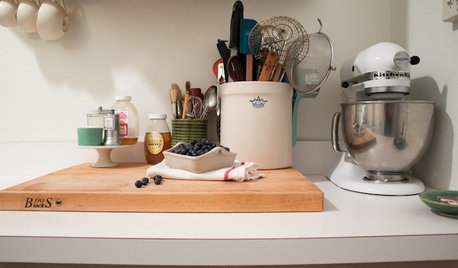
KITCHEN DESIGNKitchen of the Week: Tiny, Fruitful New York Kitchen
Desserts and preserves emerge from just a sliver of counterspace and a stove in this New York food blogger's creatively used kitchen
Full Story
ENTERTAININGEye-Catching Centerpieces Beyond Flowers and Fruit
Use your imagination to create a tableau that reflects your surroundings, creates dramatic tension or elicits surprise
Full Story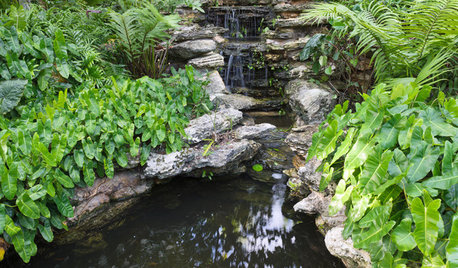
LANDSCAPE DESIGNRecipe for Tropical Edible Garden Style
Appeal to exotic good taste with fruit trees, palms and tropical look-alikes in your temperate-climate garden
Full Story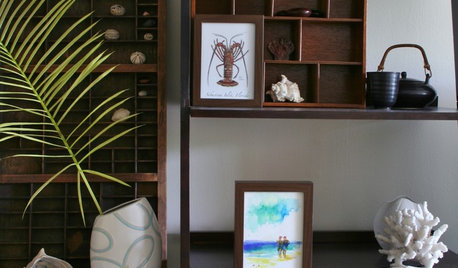
DECORATING GUIDES10 Ways to Give Your Hospitality a Tropical Touch
Treat guests to the resort treatment with blossoms, fruit and artwork that stir up an air of the exotic
Full Story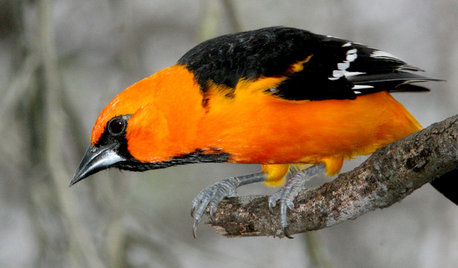
GARDENING GUIDESBackyard Birds: Orioles Return After Spending Winter in the Tropics
These colorful songbirds prefer woodlands and forest edges, but they’ll visit yards with fruit-producing trees and shrubs
Full StoryMore Discussions







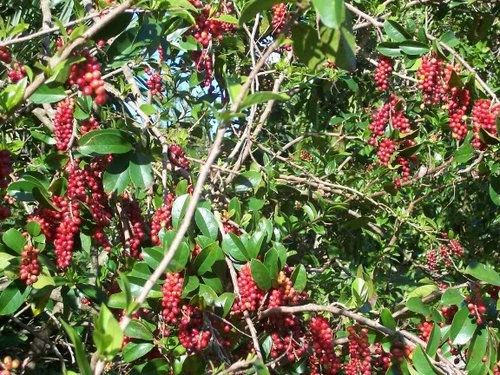
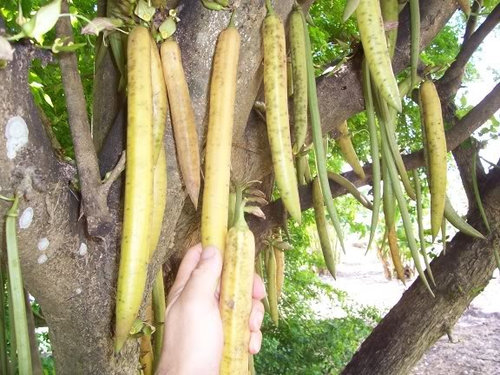
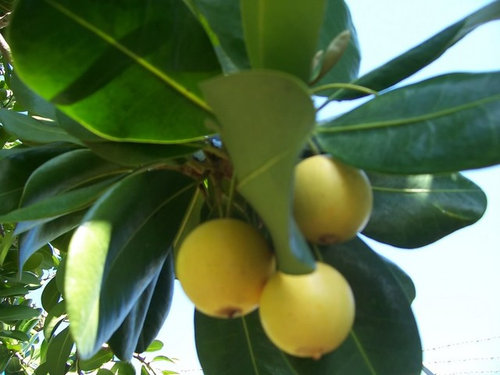
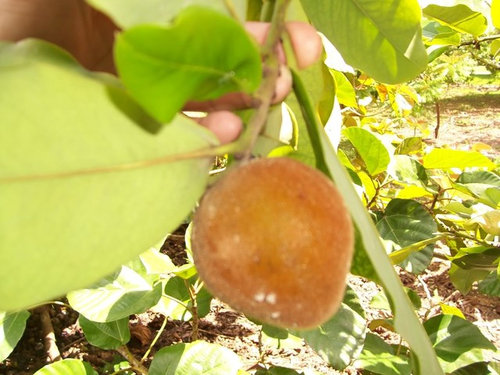
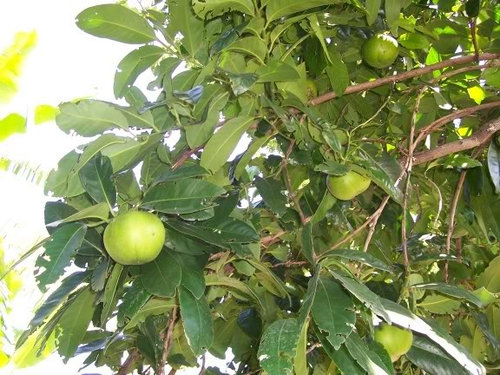
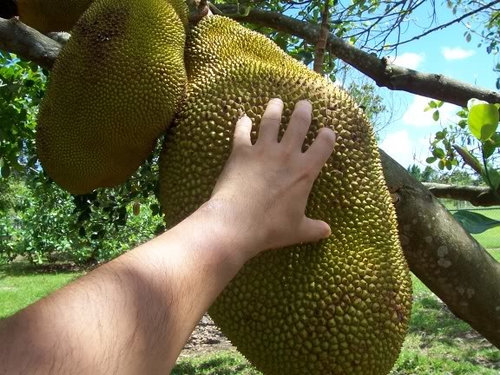


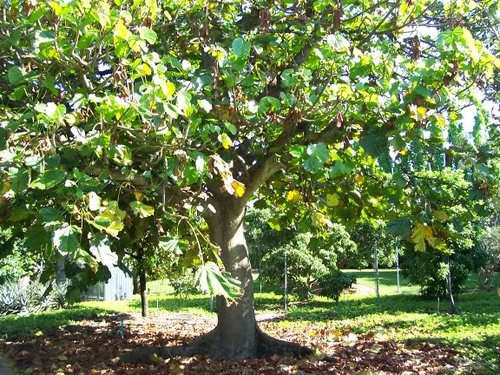
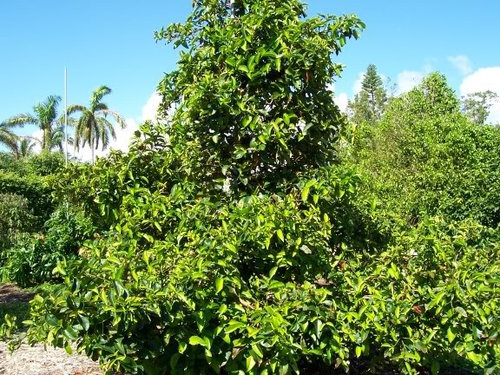

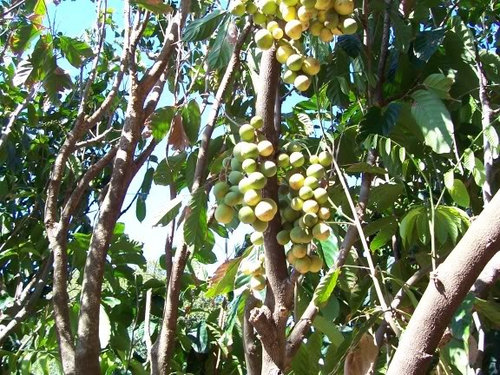

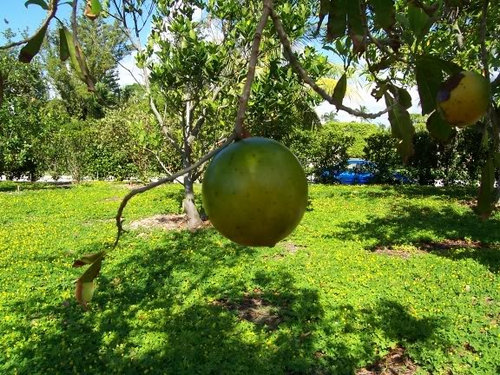

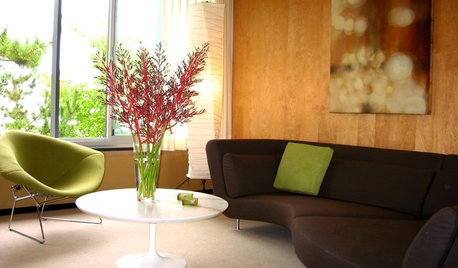
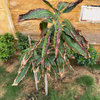
plummy
gcmastiffs
Related Professionals
Danbury Landscape Architects & Landscape Designers · Tempe Landscape Architects & Landscape Designers · Essex Landscape Architects & Landscape Designers · Marina Landscape Architects & Landscape Designers · Bethlehem Landscape Contractors · Belmont Landscape Contractors · Dallas Landscape Contractors · Goodlettsville Landscape Contractors · Kailua Landscape Contractors · Lady Lake Landscape Contractors · Long Beach Landscape Contractors · Pikesville Landscape Contractors · Pine Hills Landscape Contractors · Markham Landscape Contractors · Greenfield Landscape ContractorsmaspirasjrOriginal Author
patusho25
tropicaliste
plummy
Eggo
john13
tropicaliste
jardinerafloridana
williamdent